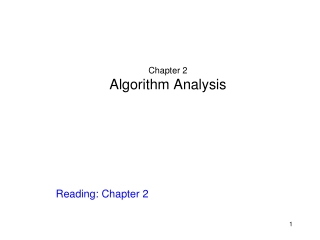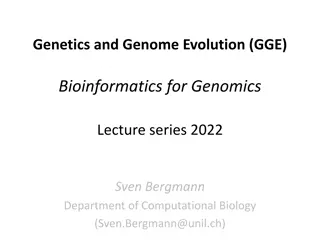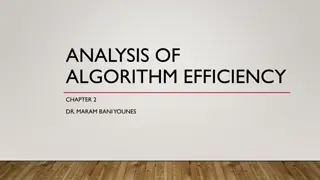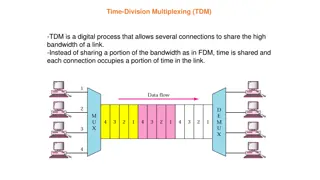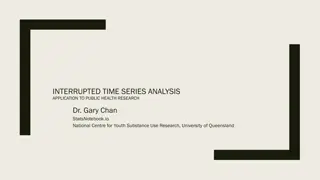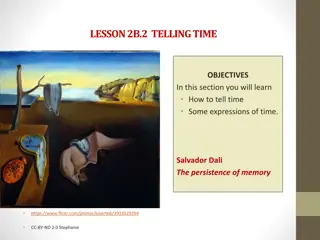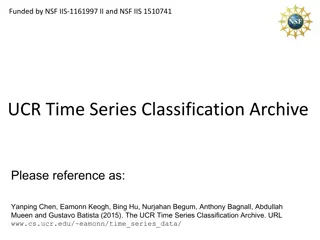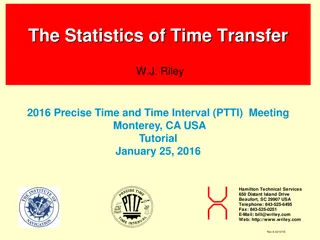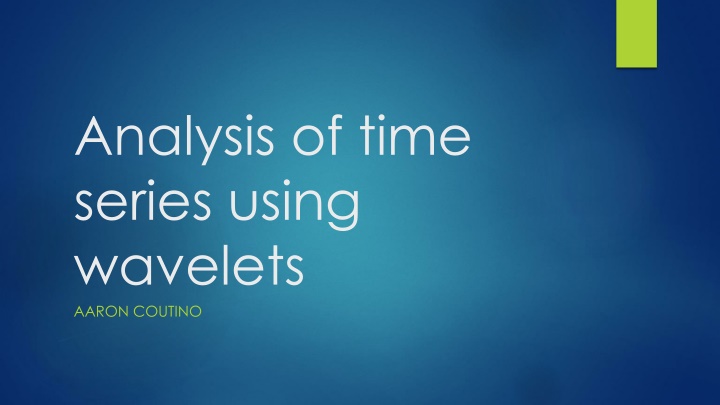
Time Series Analysis with Wavelets - A Complete Guide
Learn about wavelets in time series analysis, including what wavelets are, how they work, and practical examples. Discover how to decompose signals, choose mother wavelets, and implement transforms using a step-by-step process.
Download Presentation

Please find below an Image/Link to download the presentation.
The content on the website is provided AS IS for your information and personal use only. It may not be sold, licensed, or shared on other websites without obtaining consent from the author. If you encounter any issues during the download, it is possible that the publisher has removed the file from their server.
You are allowed to download the files provided on this website for personal or commercial use, subject to the condition that they are used lawfully. All files are the property of their respective owners.
The content on the website is provided AS IS for your information and personal use only. It may not be sold, licensed, or shared on other websites without obtaining consent from the author.
E N D
Presentation Transcript
Analysis of time series using wavelets AARON COUTINO
What is a wavelet? A wavelet is a localized wave that are near zero outside of a specific region. Wavelets are used to decompose a given signal into frequency and time. In general from a mother wavelet you have daughter wavelets formed by: Where b is a translation, and a acontraction.
How it works Using different widths or scales of our mother wavelet we can project our data onto each scale and see how well the data is correlated at each scale. By using a time shifting parameter and integrating over all times we have a transform of our function given in scale-space. For the discrete problem xn at time n separated by t we have the wavelet transform is:
How it works For the implementation of the transform from Boulder, the process is: Choose a mother wavelet. Find the Fourier transform of the mother wavelet. Find the Fourier transform of the time series. Choose a minimum scale. At each scale: Compute the daughter wavelet at the scale. Normalize the wavelet. Multiply by your time series. Transform back to real space.
Example 1 Suppose we begin with the simple function: By following the matlab script example1 we produce the plot:
Example 2 Suppose we now move to the composite function: By following the matlab script example2 we produce the plot:
Example 3 Suppose we now have the more complicated function: By following the matlab script example3 we produce the plot:
Example 4 Let us now add random noise to the previous function: By following the matlab script example3 we produce the plot:
Example 5 We now finish by looking at some actual temperature data from the cenote sensors. By following the matlab script example5 we produce the plot:

